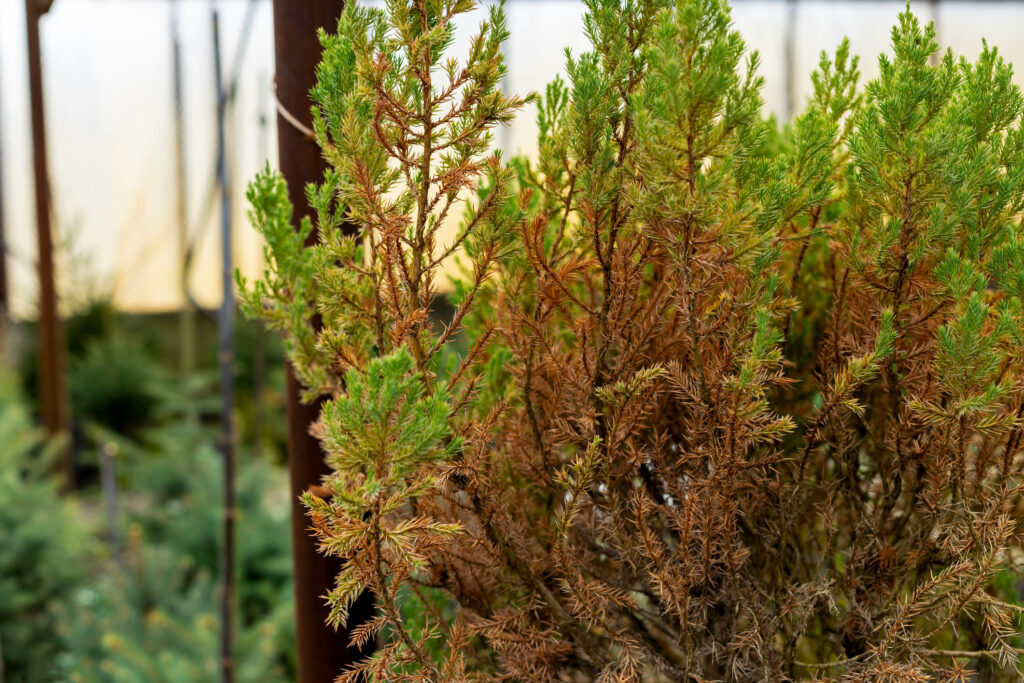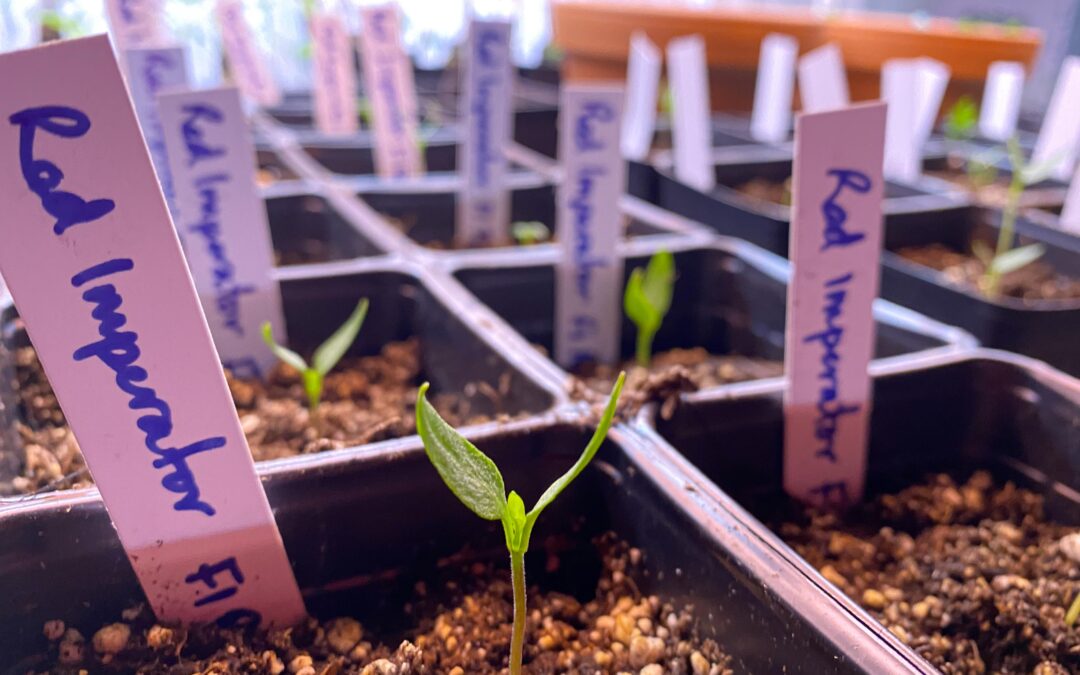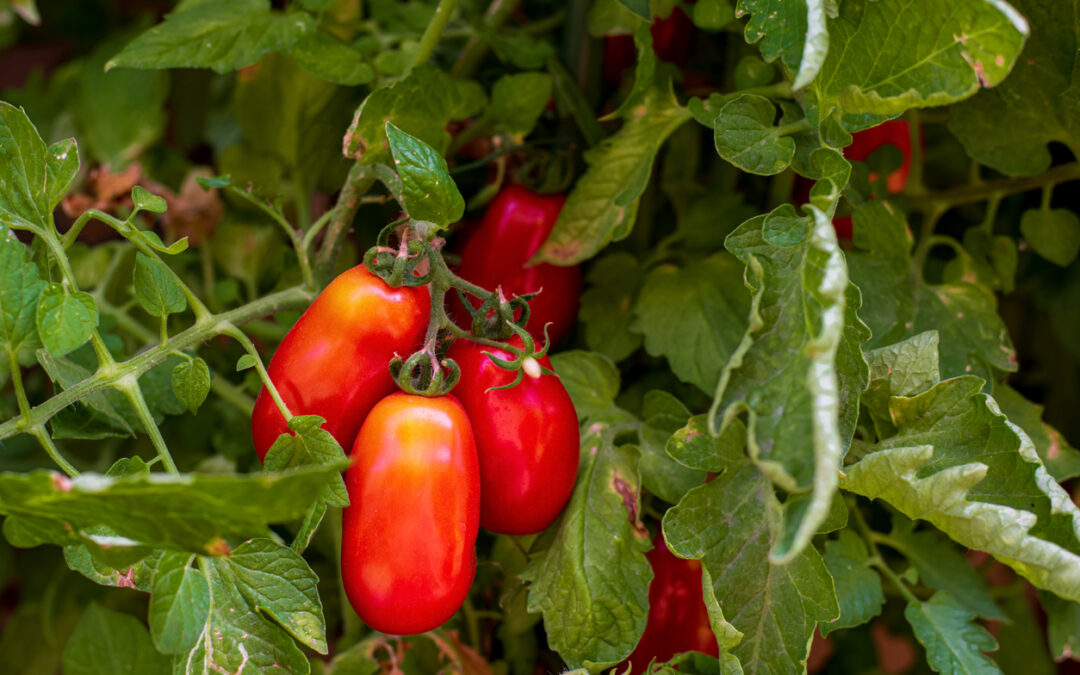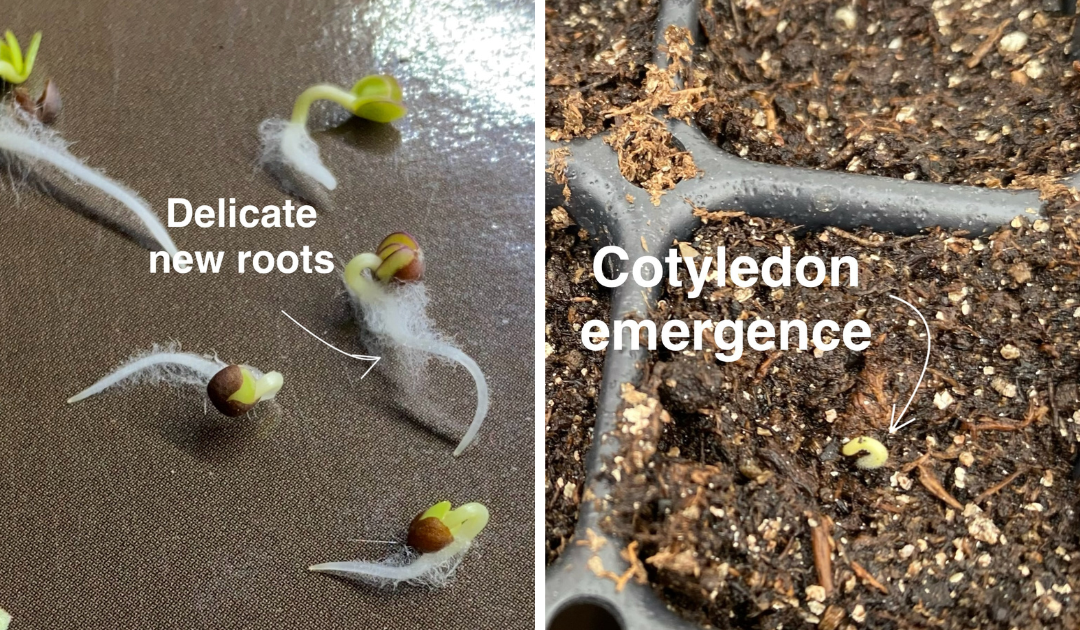
While we are hunkered down in our warm homes and many, many layers of wool and fleece, the plant world is left outside to face the long fury of Old Man Winter.
As the season goes on, you may see some changes in your plants as the winter wind and sun causes damage.
Most of these injuries happen because, as us prairie gardeners know, it can actually get pretty warm on some bright and sunny winter days, but we still have bitterly cold winter nights.
Those wild temperature swings mess with our landscape. Here are five examples of winter injury in plants:
- Loss of flower buds. Happens when a tree sets its tender floral buds in early spring but the bud is lost to a rogue spring frost. Most commonly affects forsythia and double flowering plum because they are early blooming plants.
- Browning of evergreens. Happens when the plant is exposed to the south and is warmed enough that water evaporates from the leaves, but can’t be replaced because the stores are frozen in the roots. Most likely to occur in juniper and cedar.
- Sun scald. Most likely to happen on the southwest side of young, smooth barked trees. The winter sun reflects off the snow and warms the trunk of the tree enough that the frozen bark thaws but sudden drops in overnight temperatures freeze the bark again. This can lead to cracked bark. It’s not likely to kill your tree but it is an eyesore and a potential weak point for disease to enter. As the tree ages and the bark thickens, it will be less susceptible. There are good photo examples of this on this Manitoba Agriculture page.
- Frost cracks. Most often seen on green ash during extremely cold weather, this is another injury that comes from extreme and fast changes in winter temperatures.
- Tip kill. Happens when plant growth doesn’t stop soon enough for buds to form and become dormant and harden. The vascular tissue underneath the bark is damaged and prevents nutrients and water from moving up and down the plant. Common with raspberries and currants.



